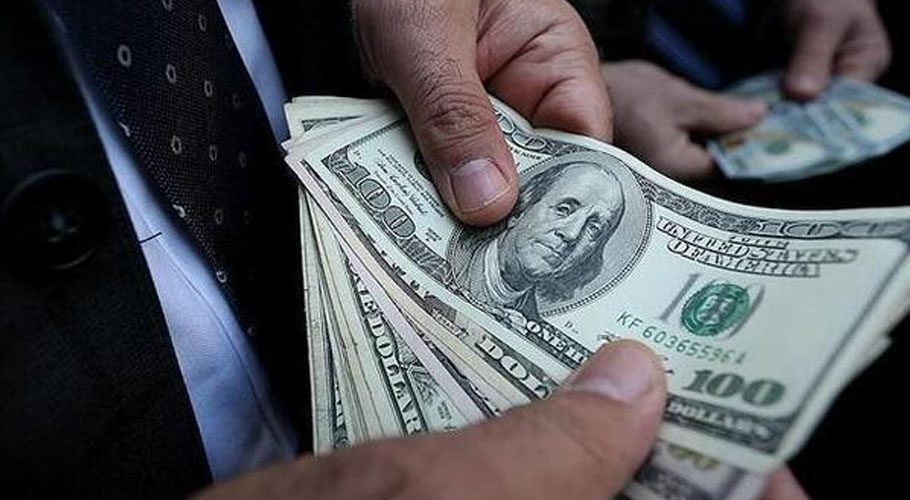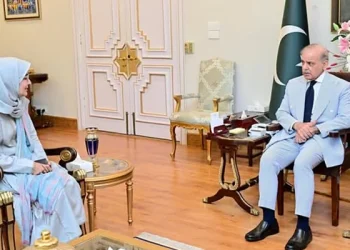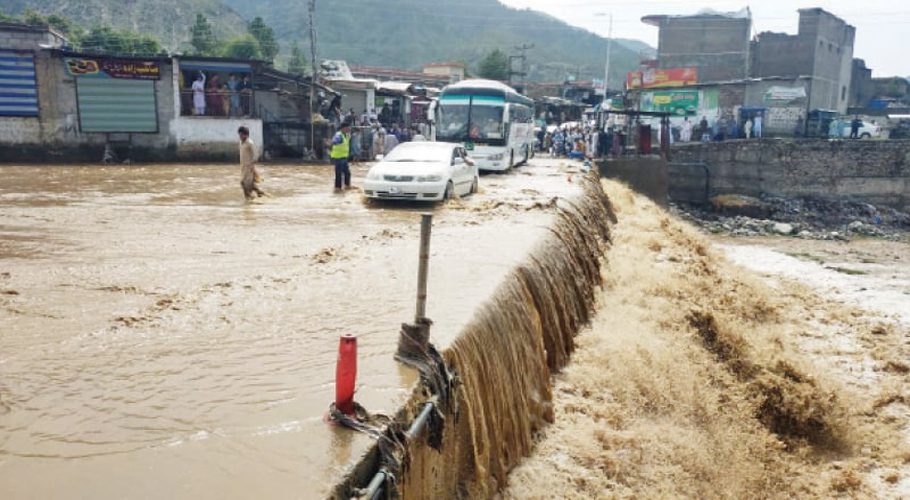The Pakistani currency has been losing ground for two consecutive days, as it fell to Rs168.9 in intra-day trading.
The depreciation of the local currency has raised concerns over the state of the economy and could deliver a huge blow to the government’s economic policies.
What are the reasons?
The US dollar has continued its surge against the rupee for two consecutive days. On Wednesday, 15 Sept, it increased to Rs169.6 in the interbank market during the trading session.
A day earlier on Tuesday, the Pakistani currency hit an all-time low of Rs168.94 against the US dollar in the inter-bank market. This trend is expected to continue in the coming days. Meanwhile, in the open market, the greenback peaked at Rs170.7. After reaching a new high, the local currency made a slight recovery after an intervention by the State Bank of Pakistan.
According to currency traders, the open market witnessed an increase in the purchase of dollars after the change of government in Kabul after the Taliban’s takeover.
There is a shortage of dollars in Afghanistan and many people particularly traders from that country are buying dollars from the Pakistani market as they were allowed to carry $10,000 without permission.
Many Afghan nationality holders are also using Letter of Credit (LC) to import goods from Afghanistan and are buying dollars from the open market to place them into banks.
Another factor that has accelerated the pace of buying of dollars from the open market was the deadline for surrendering Rs40,000 bonds. The government has fixed September 30 as the last date to liquidate the bonds. Many investors who are liquidating the bonds are buying US dollars from the open market which increased the demand for the greenback.
The economic condition is responsible for the rupee’s devaluation. The dismal current account numbers for July 2021 and anticipated further worsening of the deficit in August 2021 has mounted pressure on the rupee.
Pakistan’s imports are rising steeply while exports are growing at a much slower pace hence the country requires a higher amount of dollars. The local currency is expected to trade at Rs174-175 by the year end which could worsen the economic situation.
State Bank’s intervention
According to reports, the State Bank of Pakistan (SBP) has injected $1.2 billion into the inter-bank market in three months to defend the weakening rupee but could not stop the local currency from falling to a historic low.
The injection into the foreign exchange market is contrary to the policies of the central bank, finance ministry, and the International Monetary Fund (IMF) as all the three institutions claim that the rupee value is determined by market forces.
Since June 2019, Pakistan has adopted a market-based flexible exchange rate system, where the exchange rate is determined by market demand and supply conditions. The role of central bank’s interventions in the foreign exchange market is limited to prevent disorderly market conditions.
What’s next?
The State Bank of Pakistan should interfere and stop the flow of foreign currency from the country. It can ask banks not to unnecessarily open LC for importers as it could help the rupee gain strength for the time being.
The central bank can impose a cash margin condition on imports which had been eased last year for imports of certain raw materials to support manufacturing and industrial sectors The currency has been losing purchasing power fast in the domestic market as well, causing inflation that has badly hit the general public.
On August 26, 2020, the dollar hit Rs168.43. Then it started declining and reached Rs151.83 on May 14, 2021. However, the greenback started rising and has appreciated by 6.6 per cent and 9.9pc since June and May 14, 2021, respectively.
The State Bank of Pakistan had indicated earlier that the dollar could appreciate during the current financial year due to an expected higher current account deficit.































